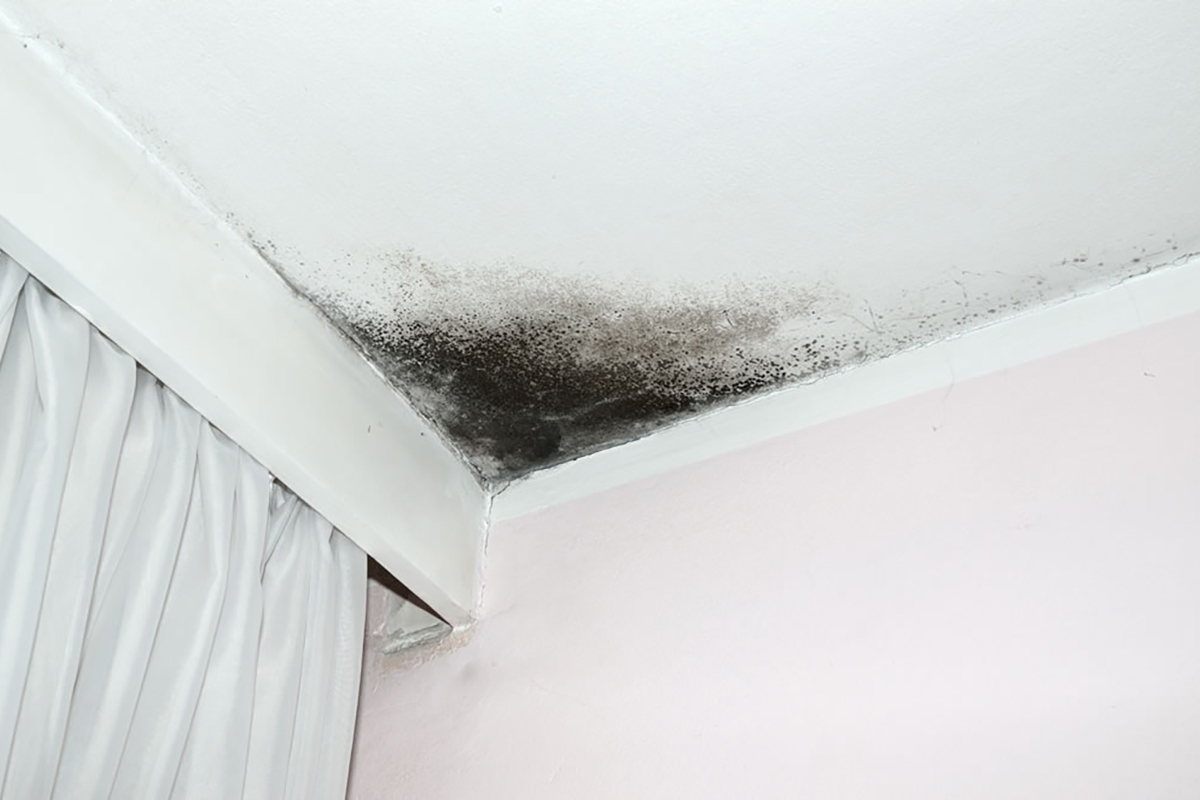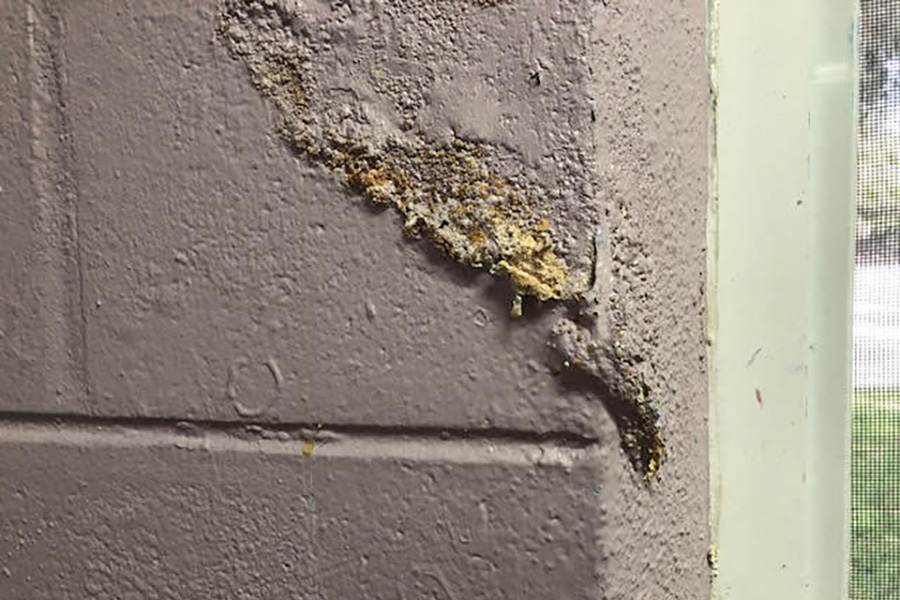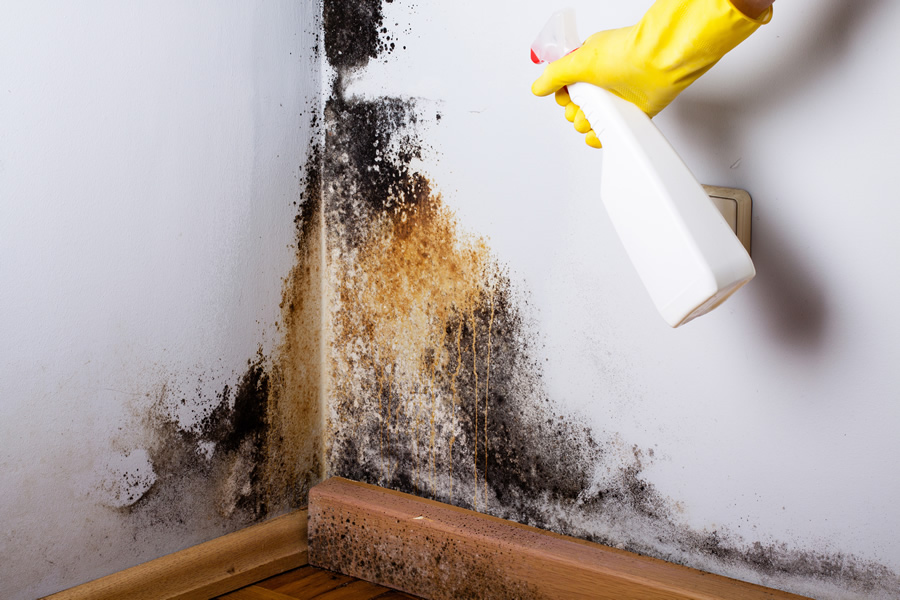The term “Toxic Mold” is often called “Black Mold”. There is only one type of mold that is commonly called “toxic” or “black” mold. This is Stachybotrys chartarum. It is important to note that not all molds that appear black are Stachybotrys. While the Stachybotrys mold itself is not toxic, the term “toxic” comes from the *mycotoxins it produces. Stachybotrys produces a variety of mycotoxins. These toxins can cause a number of health concerns in those who inhale and/or ingest them. People with a high degree of exposure through having black mold in their home or work space can develop significant health problems. If you experience any of the following symptoms and don’t feel they can be attributed to other causes, you may want to investigate whether you are living or working in close proximity to toxic mold.
Potential Mycotoxin Symptoms
- Nasal irritation
- Cough
- Weakness
- Uncontrolled Muscle Movement
- Dizziness
- Hypotension
- Clotting Disorders
- Burning Pain
- Redness
- Unexplained Blisters
- Vomiting
- Diarrhea
- Blurred vision
Even some cancers can be caused by long term exposure to mycotoxins. Each case is different depending on the type of mycotoxin and length of exposure, as well as a person’s individual immune system. Seek medical attention if you have been exposed to mycotoxins and are experiencing any of the above symptoms. Holistic or Functional Medicine doctors are often the best versed in mold related health issues.
If you have any questions please call us at 727-321-9296 or 941-877-0021 ExpertMoldTest.com
*A mycotoxin is a toxic secondary metabolite produced by organisms of the fungus kingdom and is capable of causing disease and death in both humans and other animals. The term ‘mycotoxin’ is usually reserved for the toxic chemical products produced by fungi that readily colonize crops. Wikipedia





